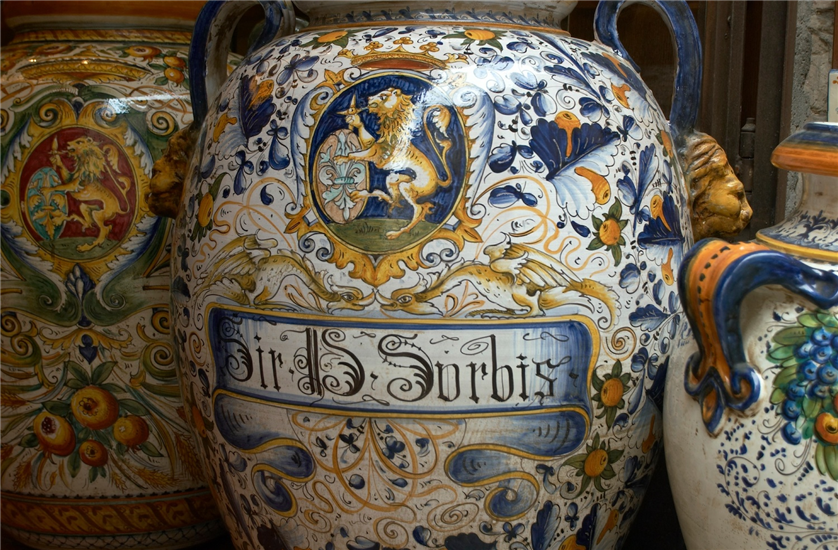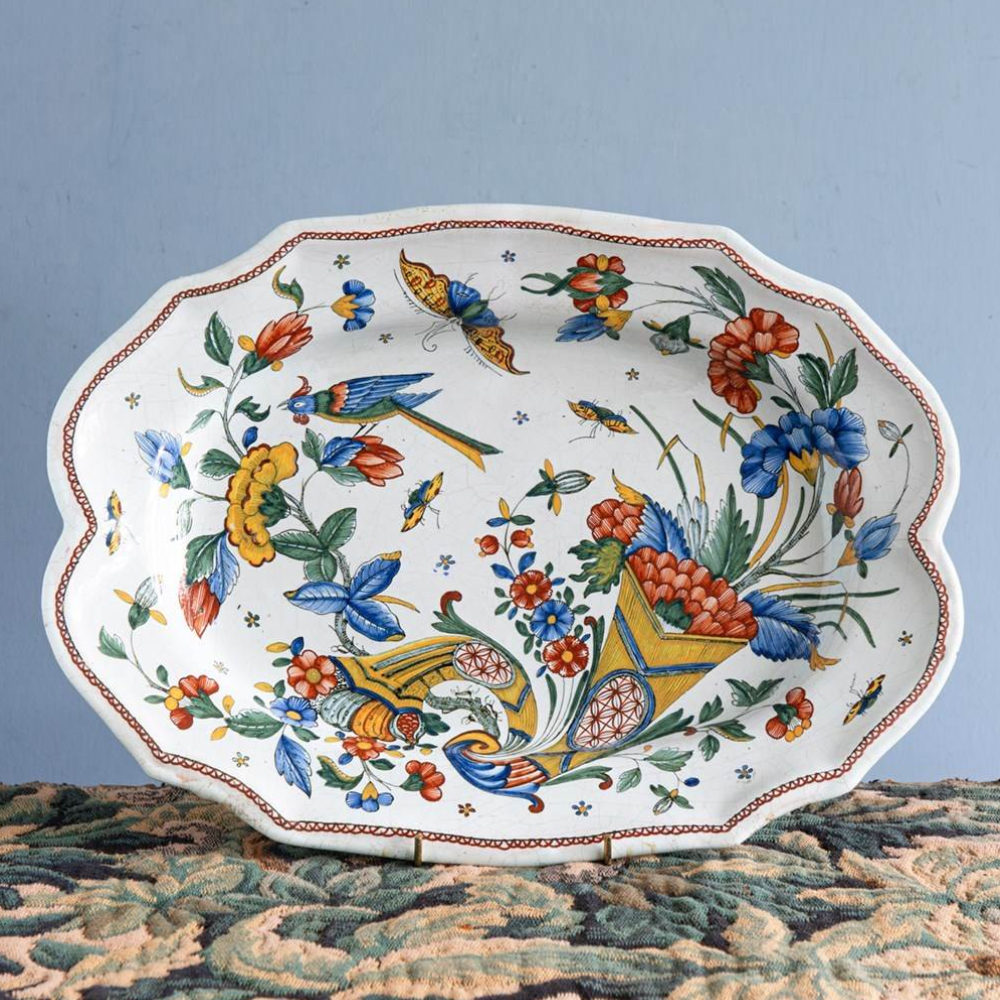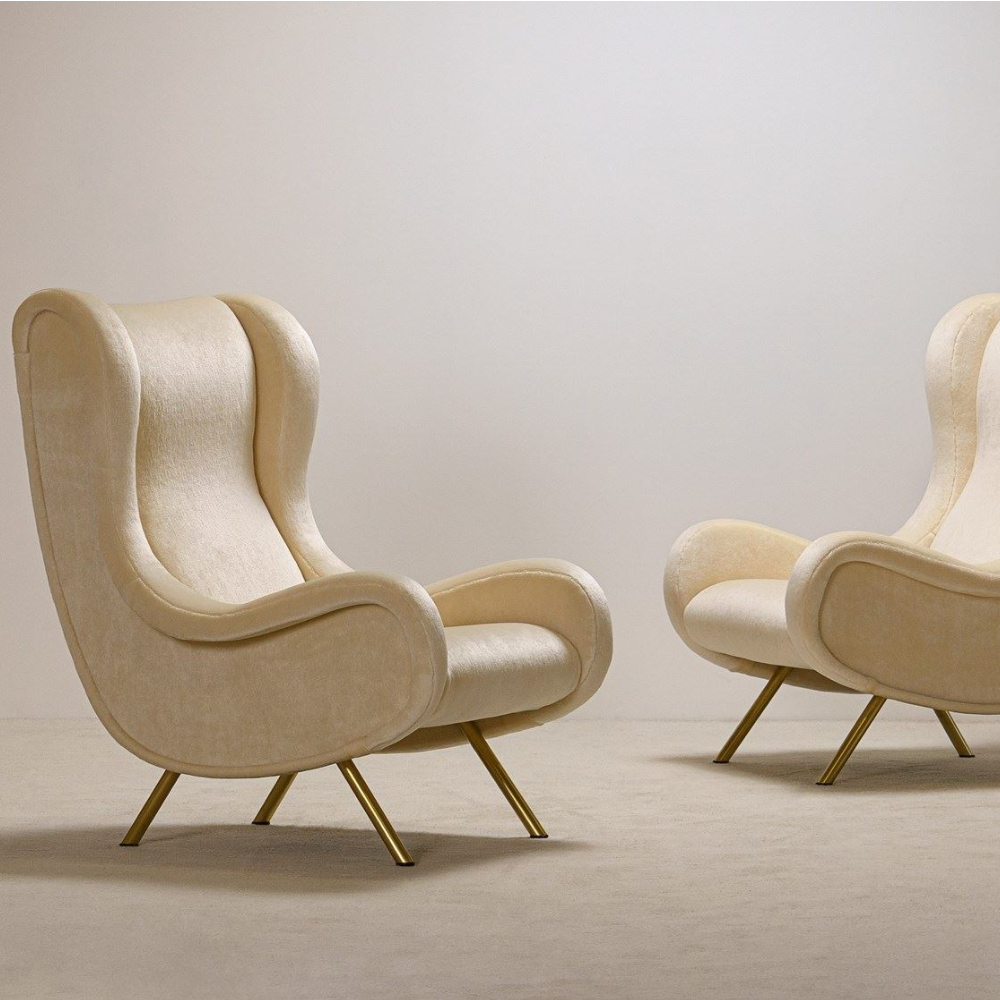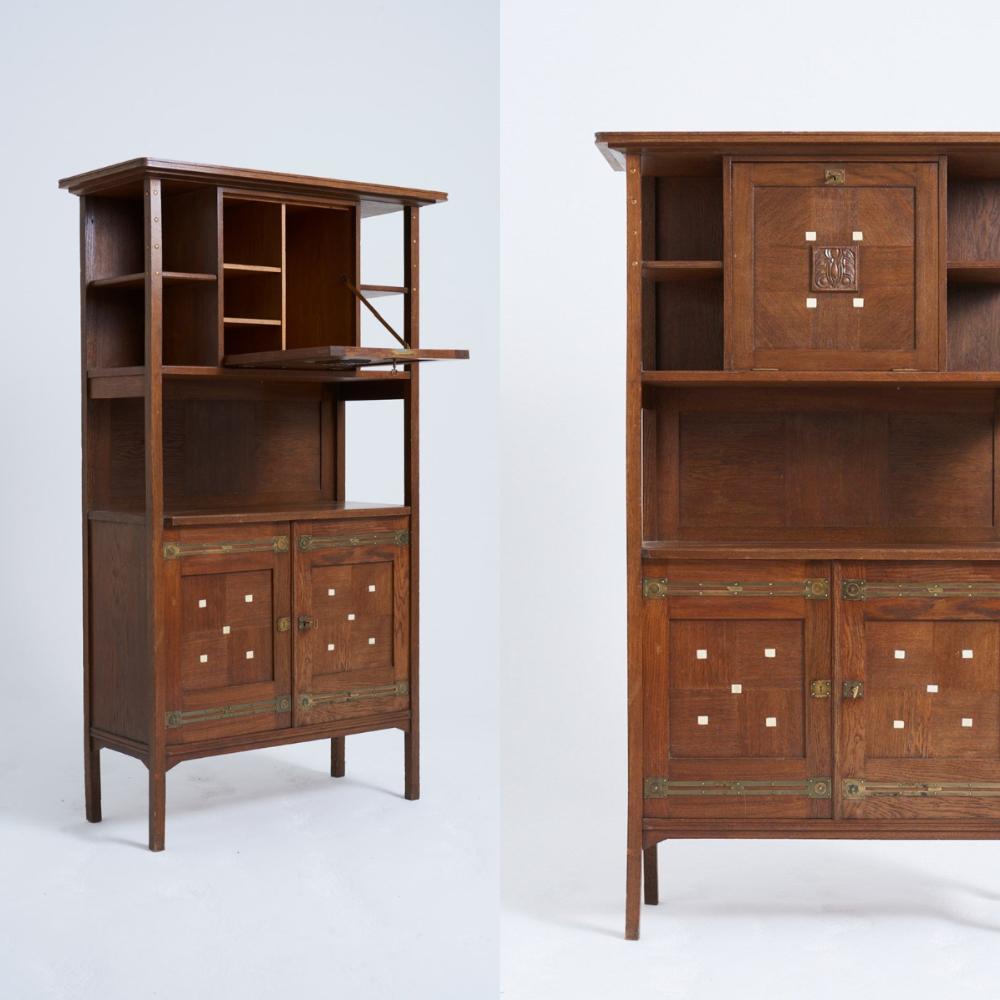
Vibrant colours and whimsical motifs make majolica pottery what it is. Over the centuries, it has fallen out of fashion several times but has somehow always made a comeback. Today, it’s a valuable collector’s item.
In this blog, we take a look at the antique ceramics known as majolica. We consider its distinctive style, its value, and how to spot a fake.
What is majolica pottery?
Majolica is a type of tin-glazed pottery that originated in Spain and was made popular by the Italians at the height of the Renaissance in the 15th century. It came via Majorca, which is how some people think this pottery came to be known as 'majolica'.
What does majolica mean?
Majolica is the anglicised version of the Italian word ‘maiolica’, a term used to describe this type of lustreware imported from Spain. The word eventually came to be used for all types of tin-glazed earthenware.
The distinctive style of majolica
It’s the vibrant colours of majolica that make this pottery stand out. The intricate artwork is painted onto a plain lead glaze and then fired for a second time in the kiln, preserving the intensity of the colours.
Typical majolica colours include:
- Cobalt blue
- Yellow
- Manganese purple
- Iron red
- Brown
- Yellow ochre
- Turquoise
- Orange
- Copper green
White was also used for highlights in intricate designs.
Several motifs were popular at different times and in different countries, from the US to Europe and Australia.
Majolica pottery from the Victorian era was decorated with flowers, fruit, wildfowl, and game. These agricultural themes were popular with collectors in post-industrial Britain, possibly because they were a reminder of a simpler way of life.
Earlier versions of Italian Renaissance majolica centred on motifs around natural history and classical mythology, from Roman gods and goddesses to exotic creatures (both real and imagined).
How to spot fake majolica pottery
Advancements in commercial pottery have made it easy to reproduce the stylistic effects of majolica, but how can you tell the genuine from the fake?
- The potter’s mark
Minton, Wedgewood, and George Jones are three of the biggest names in majolica. The pottery from these workshops usually has a mark somewhere on it, but not all genuine majolica has a potter’s mark, so this can be a red herring.
- An imperfect finish
The true test of a majolica piece is the quality of the finish. Modern reproductions are often sloppily finished and prone to dripping, with bubbles and colour mixing present. Genuine majolica has an almost perfect finish.
- Size and weight
If you were to handle two pieces of pottery in the majolica style – one new and one old – it’s likely that you’d notice a difference in weight. Genuine majolica is typically heavier, while modern pieces are lighter (a reflection of the inferior materials used to make them).
Is majolica pottery valuable?
The value of majolica pottery varies significantly depending on factors such as its age, rarity, condition, historical significance, and the reputation of the maker or pottery studio.
From garden seats to planters, vases, tableware, and tea sets, majolica pottery is still popular with collectors. Sought-after pieces can be quite valuable, while others have more modest price points.
If you think you have a genuine majolica item, having it valued by a professional is the best way to determine how much it’s worth.





